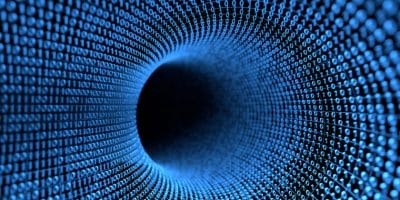Digitizing Analytical Methods: Integration for the Age of Automation

Storing, searching, and retrieving methods across a company or collaboration is often unnecessarily complex and time-consuming. To address this common barrier to efficient research, Agilent and ZONTAL worked together to develop a successful solution and presented their results at the 2020 Fall Allotrope Connect Conference. In their webinar called “Seamless Integration of OpenLab CDS with ZONTAL Space: Implementing the Pistoia Method Model,” ZONTAL CEO Wolfgang Colsman, Agilent Product Marketing Manager Ralph Mueller, and Agilent R&D Lab Informatics System Architect Heiko Fessenmayr explained their processes and shared a live demo of their solution.
Applying the Methods Database project presented at last year’s conference, their integration of OpenLab CDS and ZONTAL Space replaces paper-based method description with a digital form for automated interfacing between LIM systems and laboratory instrumentation.
The Pistoia Method Model
As a collaboration between Allotrope Foundation and Pistoia Alliance, the Pistoia Method Model transforms “text-based Analytical Method description into a digital instruction set” that any Common Data Service (CDS) can read.
Their framework includes:
- A common digital format and ontology for analytical methods
- A semantically-enabled methods database
- Human-readable methods
- Import and export capabilities
By digitizing method descriptions, this model increases data quality, strengthens cyber security and resilience, and improves reproducibility. Additionally, this strategy requires significantly less time and resources to reestablish methods in a different lab.
From Theory to Application: Implementing a Method Model
Agilent and ZONTAL knew that to implement the Pistoia Method Model successfully, they would need to create a solution that addressed the following business challenges:
- Text-based method descriptions
- Limited method reproducibility due to varying text interpretations
- Different terminologies and levels of detail
- Version control
During the webinar, their live demo revealed that an integration of OpenLab CDS and ZONTAL Space could overcome these challenges and provide models on demand by 1) parsing methods from public and private monographs and academic publications and 2) extending models from instrument methods to complete analytical methods.
Here’s how it works:
- Experts identified a common set of HPLC parameters with Allotrope-defined ontologies.
- With these common parameters, Agilent and ZONTAL created the Methods Database PoC 2019. This allows users to upload and index files in Allotrope Data Format (ADF) and enriches data with existing method descriptions.
- When a user makes a request, the CDS receives method names from the Laboratory Information Management System (LIMS) and method descriptions from ZONTAL Space (which stores the method database). When all information is in the CDS, it performs an analysis based on result data and reports, then sends that information in a vendor-agnostic format to Enterprise Content Management (ECM).
With this solution, users can easily search for and identify methods based on descriptions. They can also upload and download methods from the database, run queries on those methods, and generate human-readable reports that provide new insights.
Overall, this successful integration increases lab data integrity, improves process efficiency, and ultimately enables life science digital analytical method sharing across laboratories.
 >
> 

